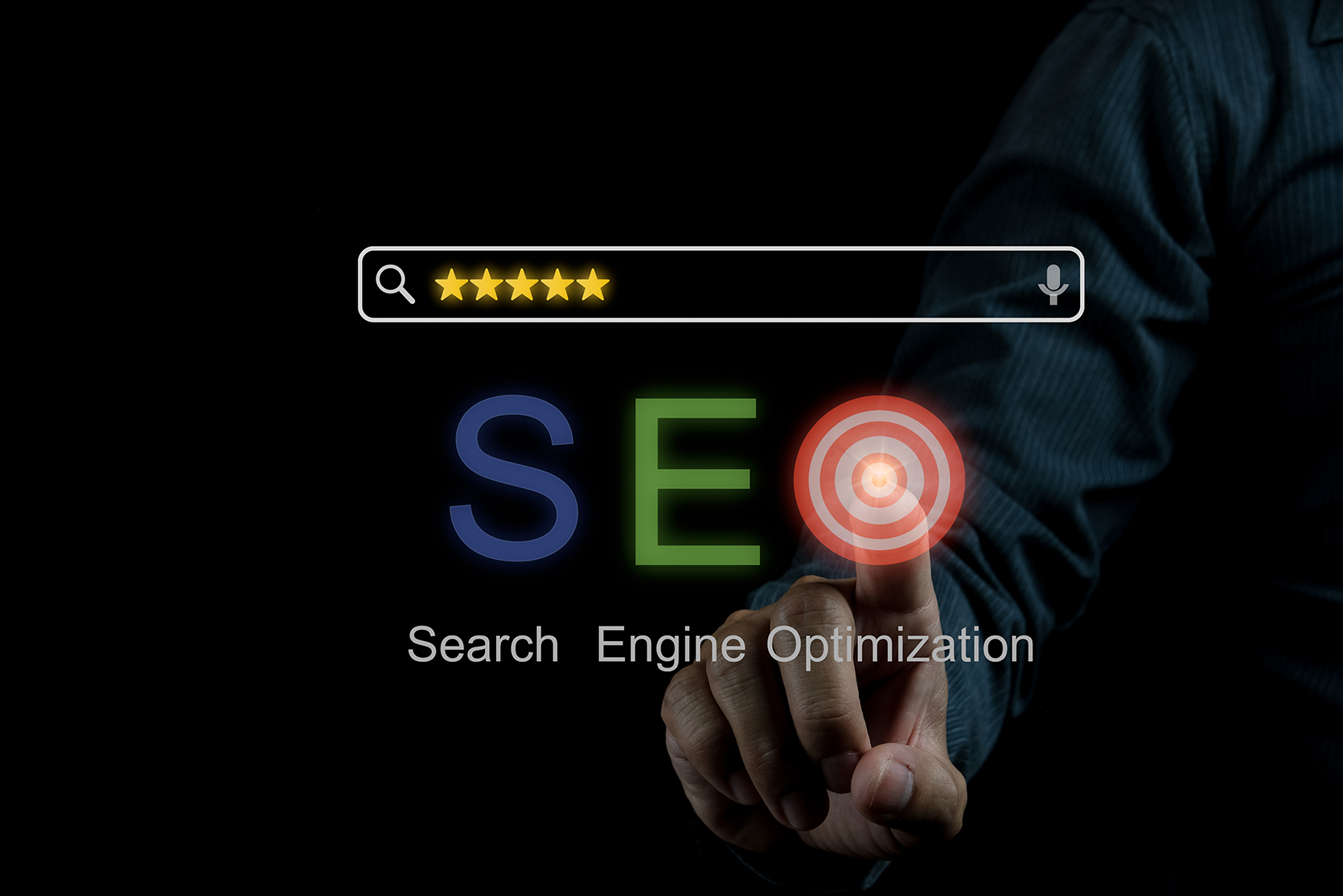The greatest of SEO masterpieces have simple yet powerful elements that resonate with the audience and leave an enduring impact for a lifetime.
For ages, content has ruled the marketing sphere.
People remember brands for their unique taglines, advertisements, and the concept that has framed a place in their hearts.
It all lies in the way you communicate with your consumers.
Now that we are environed by digital marketing, SEO is the linchpin of your online presence.
Multiple elements and tactics contribute to a successful SEO. Content is the foundation of them. Without content, there’s no SEO.
Great SEO copy not only sets your brand identity but also helps to improve your search visibility, rankings, generating quality traffic, and the overall functionality of your online content.
In this article, we’ll be discussing the 5 keystones of great SEO copywriting that can help you nail it on search.
1.Meta Title & Description
Meta Title and Meta Description are the snippet codes on search engines that act as deciding factors for your SEO copy.
It gives the audience a gist of what they are going to read.
You can say that these two meta contents are the face of your web page that forms the first impression about the content inside.
The audience can straightaway decide whether or not to click it just by looking at the meta content, and that’s why it needs to be compelling and intriguing.
Quick tips to get your meta tags right:
- Keep the character limit in mind, yet giving complete information. Keep the length between 50-155 characters.
- Include your target keywords.
- Incorporate actionable CTAs that intrigue the audience to click on them.
2.Keyword Frequency
We all know the importance of incorporating relevant keywords in your SEO content, but it’s also about how relevant it is and how naturally it flows in your content.
We are sure that you must be familiar with the terms ‘keyword density’ and ‘keyword stuffing.’
While you focus on maintaining an ideal keyword density, remember that you should not overdo it.
Quick tips to get your keyword frequency right:
- Do thorough keyword research. Focus on 3-8 keywords (1 Primary keyword, 1-3 Secondary keywords, and 1-4 Additional keywords.)
- Distribute it wisely over the whole web page- Title, meta tags, Headers, Anchor text links, Alt-tags, URL.
- Incorporate Primary keyword about once every 100-150 words balancing the ratio between content and keyword.
3.Quality Content
The definition of quality content is very subjective. People have different tastes in reading pieces.
But when it comes to SEO, Quality content innately is the one that is enticing, drives traffic, and engages the audience, eventually taking the search rankings up.
Quick tips to create what we call Quality content:
- Follow a stringent on-topic and centered approach based on your target keywords.
- Structure your copy well. Make it easily readable and skimmable.
- Keep your tone and vocabulary as original and humane as possible.
- Frequently update your content based on the latest offers, news, or services.
4.Action Points & CTAs
SEO content is always crafted with the purpose of bringing the desired results and conversions.
It can be anything- maybe a shoppable link, or a social share, or simply a contact detail to get in touch.
Make use of that purpose in your copy.
An online piece of content must have influential action points that direct the audience to a destination.
Quick tips to craft effective action points:
- Set a clear end goal of what action you want your audience to take next.
- Name the CTAs accordingly.
- Define where you would want to place it. We suggest placing the action points in the core or footer of the web page.
- Have the next steps ready like landing page, custom forms, etc.
5.Performance Tracking & Analytics
In the times of evolving marketing landscape and customer behavior, you can’t do without real-time data and metrics.
Performance tracking is the key to measure the success of your SEO Strategy.
The deeper you dive into the metrics, the better you understand the positives and negatives of your SEO strategy.
Here are some efficient tools that you can use to track your strategy:
- Google Analytics
- SEMrush
- Ahrefs
- Matomo
Final Thoughts
Great SEO Copy can change the course of your entire marketing plan. The best way to progress is to have a plan in mind and the execution in hand.
We hope this article helped you in understanding the paramount elements of SEO writing and how you can do it with quick tips.
If you would like to know more about it or have any other queries about SEO, please feel free to drop us an ? at hello@claruz.com



